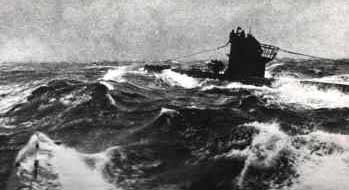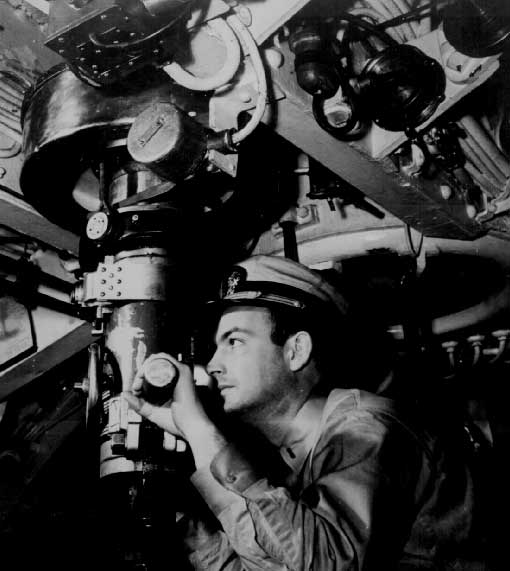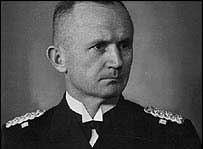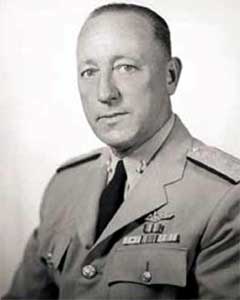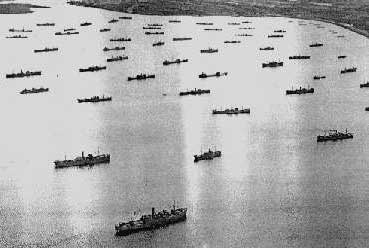|
Two totally different Submarine Campaigns in WW2: The German U-Boats and the Battle of The Atlantic, and the US Submarine Fleet in the war against Japan in the Pacific
Introduction. The U-Boats went very close to winning that war.
In the Pacific, US Submarines choked off the Japanese Merchant Fleet, and their tankers carrying vital petroleum products to the Homeland, to bring that country to its knees. One statistic alone highlights the difference between the two campaigns, and that is: U-Boats lost: 781/785 dependent upon which stats one uses, versus US Submarines sunk, namely 52 ( 2 of which were lost in the Atlantic Ocean )
Shipping Losses in WW2. Shipping losses on the North Atlantic run totalled a staggering 11,904,954 tons.
US boats sank about 5.3 million tons of Japanese shipping in WW2, although their Boat Skippers had claimed about 10 million tons, only to have those claims reduced post war by almost half. With the fall of France in May of 1940, Germany gained access to U-Boat bases on the West coast of France, thereby shortening both the exit and entry routes for their U-Boat fleet to the Battle of the Atlantic. In contrast, US submarines were based in Hawaii and in Brisbane, and Fremantle in Australia. They had a very long haul to reach their killing fields, and also were a great distance from their homes and families.
Role of the Liberty ship in the Battle of the Atlantic. Without these Liberty Ships victory in WW2 would have taken many months longer, and may not have ever come to pass. We owe a great debt of gratitude to those UGLY DUCKLINGS, who delivered the goods over those war years of 1942-1945 after the US had declared war on Germany after Pearl Harbor.
Finding Targets.
By contrast, US submarines in the Pacific had long distances to cover to find enemy Japanese ships. They tended to hunt alone, although sometimes they operated as a group of three boats. Aircraft reconnaissance was not available like in the North Atlantic, thus making the finding of a suitable target much more difficult. Weather Conditions. By contrast the weather obtaining in the Pacific was much milder and more condusive for Submarine Operations against enemy shipping. Conclusion. The American Submarine Operational History concedes: " It would do very well for all Submariners to humbly ponder the fact that Japanese Anti-Submarine defences were not the best. If our Submariners had been confronted with Allied Anti-Submarine measures, the casualty list of the Submarine force would have been much higher, and the accomplishment of Allied Submarines less impressive." BIair, C. Jr. Silent Victory. The US Submarine War Against Japan. Bantam Books, New York. 1976. Donitz, K. Memoirs. Weidenfeld and Nicholson, London, 1959. Edwards, B. Donitz And The Wolf Packs. Arms And Armour, London, 1996. Gregory, M. J. Under Water Warfare. The Struggle Against The Submarine Menace 1939-1945. The Naval Historical Society of Australia Inc, Garden Island Sydney, Reprinted 2002. Macintyre, D. The Battle of the Atlantic. Pan Books Ltd, London, 1961. __________ The Battle for the Pacific. Angus and Robertson, Sydney 1996. _____ The Naval War Against Hitler. Charles Scriber, New York, 1971. ____ U-Boat Killer. Corgi, London, 1976. Padfield, P. Donitz, The Last Fuhrer. Victor Gollancz, London, 1984. |

